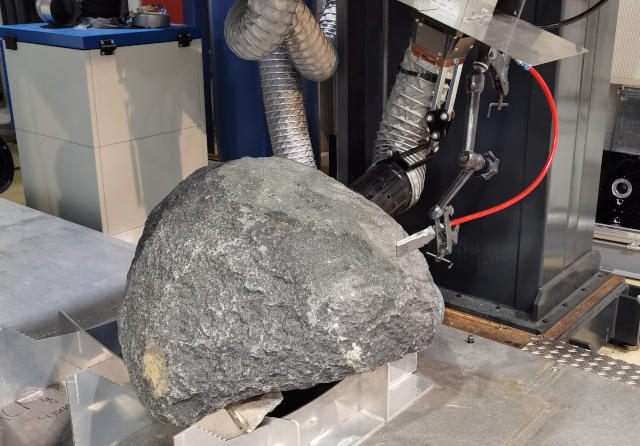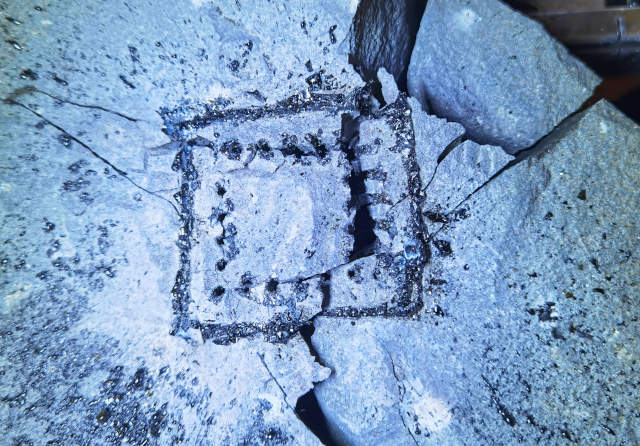Lasers Play Crucial Role in Dismantling Destroyed Nuclear Infrastructure
“The Need for Solutions Is Enormous”
A dark chapter in human history unfolded in Chornobyl on April 26, 1986, when Block 4 of the nuclear power plant exploded, resulting in a meltdown. This tragic incident transformed the immediate surroundings into an uninhabitable landscape and impacted the environment and the health of the population in the long term. Decades later, humanity faces the urgent challenge of dismantling the damaged power plant. Researchers at Fraunhofer IWS in Dresden, who are tackling this complex task, recognize this necessity. Scientists of the Cutting and Joining Technology Field members work on a laser-based, remote-oper-ated dismantling process for contaminated material mixtures. In this interview, Dr. Andreas Wetzig and Dr. Jan Hauptmann provide insights into the background to this ambitious task.
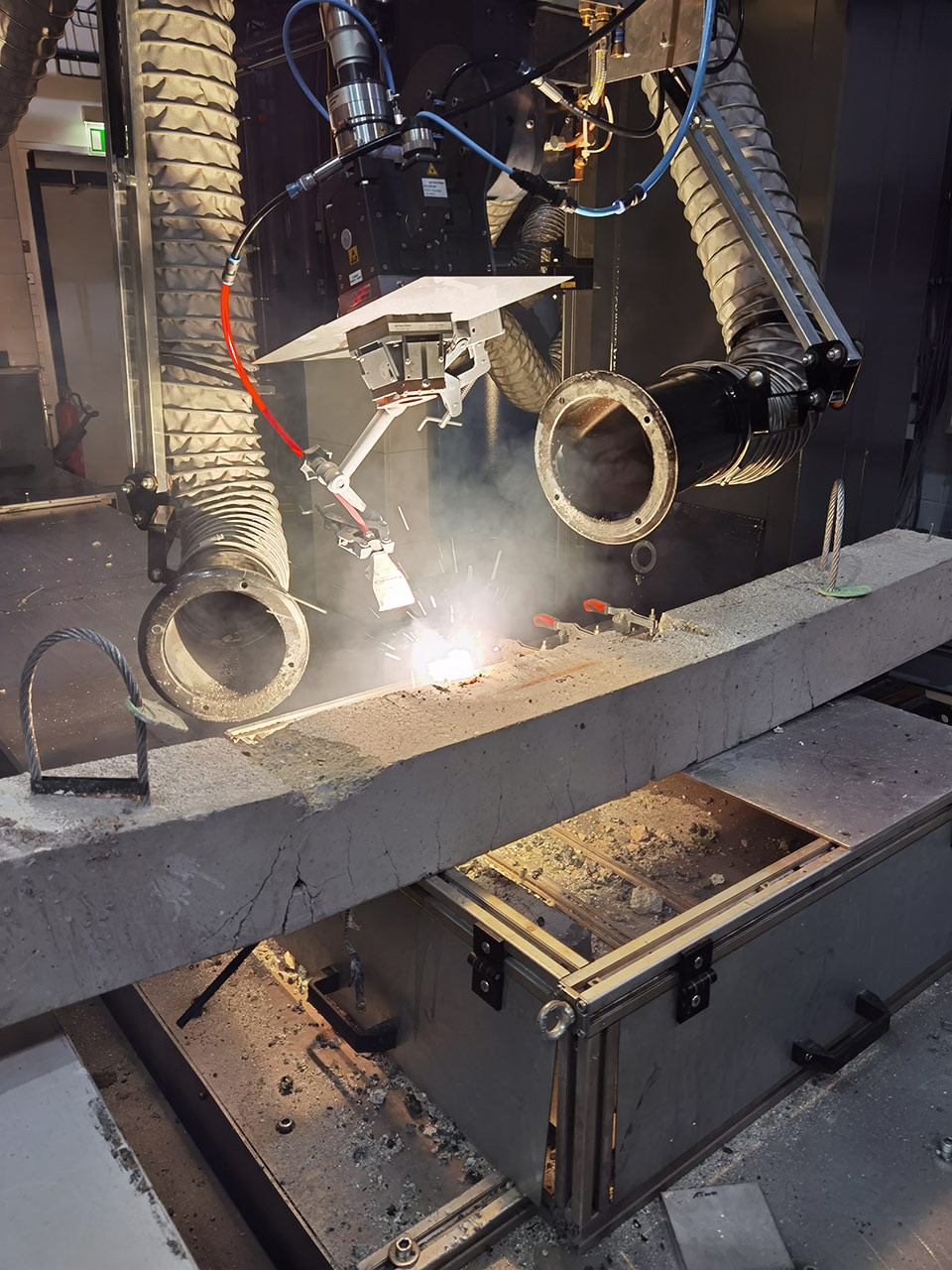
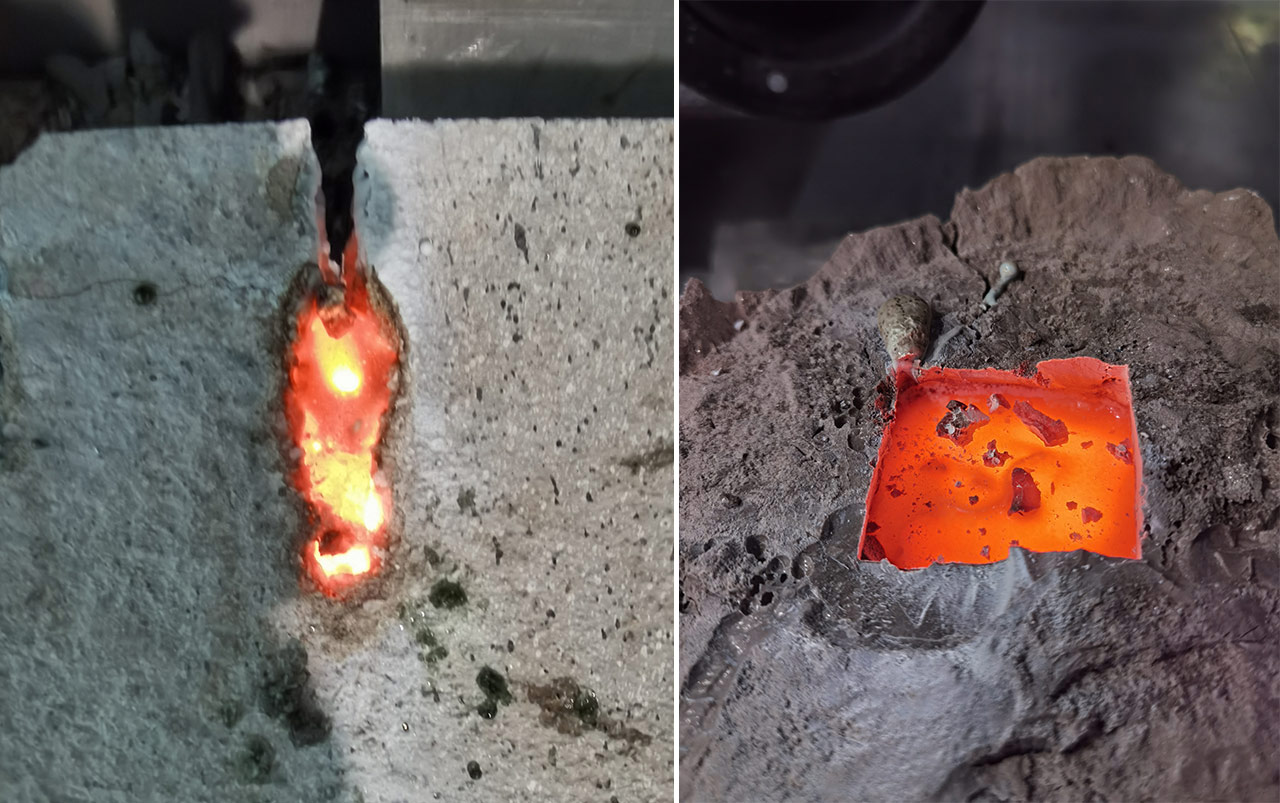
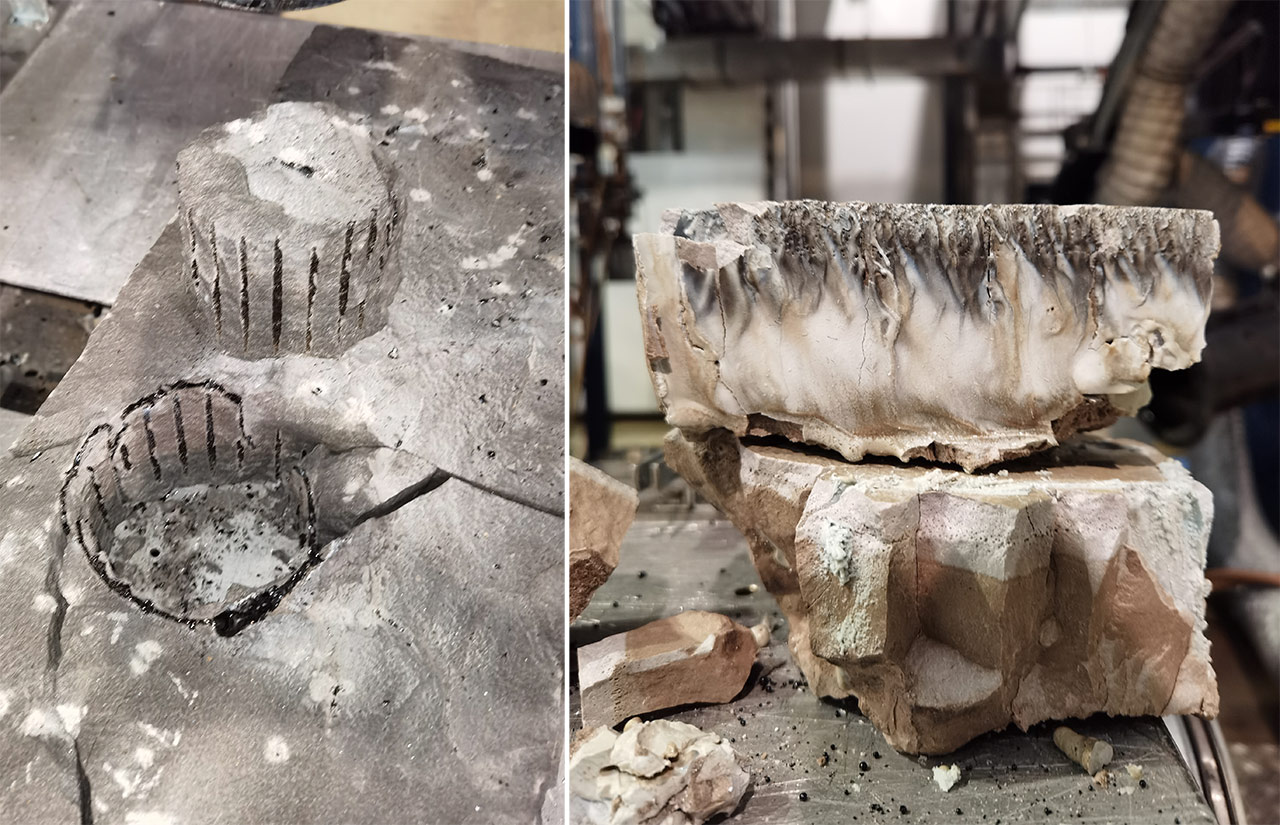
How can decontamination measures be successfully implemented in contaminated areas when there is a risk to human health?
Dr. Hauptmann: The high radiation exposure requires a remote-controlled process - the key is self-propelled robots. We use caterpillar vehicles designed by colleagues from the Institute for Safety Problems of Nuclear Powerplants (ISP NPP) in Ukraine. These vehicles can move safely even over rough terrain. These robots are equipped with a laser head. Since we use a fiber-guided laser, the laser source is located safely at a great distance from the radioactive radiation source.
Dr. Wetzig: Such fibre-optic cables can be several hundred meters long. The laser source is therefore not contaminated. This procedure minimizes radiation exposure enormously. Compared to other cutting methods such as sawing cables or water streams, lasers generate the smallest volume of radioactive waste.
How do you conduct research on contaminated material without risking damage to health or further contamination?
Dr. Wetzig: The target material that we want to decompose was created during the nuclear meltdown and is highly radioactive and at the same time not homogeneous. We thus have the requirement for our “sample material” that nobody is exposed to radiation.
Dr. Hauptmann: The target material in Chernobyl is a massive block of material. We can't simply cut through it, we have to break it down into manageable pieces. It is impossible that we can obtain real material. The idea of creating a model material ourselves was considered, but it turned out to be too complicated and costly. In the end, we decided to work on basalt, which is relatively close to the material in the Chernobyl nuclear power plant in terms of its physical properties. We also carried out tests with reinforced concrete, as this material has similar properties.
How urgent is the process of dismantling contaminated areas?
Dr. Wetzig: The urgency of such cases depends on various factors. The “New Safe Containment”, built over the damaged part of the Chernobyl nuclear power plant in 2019 after the original sarcophagus was constructed, is only designed to last around 100 years. So, we still have approximately 95 years to complete the dismantling and storage of the material safely.
Dr. Hauptmann: Even comparable hostile conditions that can occur after chemical accidents require dismantling technologies. We work on technologies for use in environments classified as CBRN (chemical, biological, radiological, and nuclear). These highly hazardous areas require particular technologies and measures.
What is the scope of decommissioning measures for CBRN-contaminated buildings?
Dr. Wetzig: Numerous sites around the world are contaminated with life-threatening substances. In addition to Chornobyl, Fukushima is one of the best known, but there is less awareness about others. Examples include the Mayak nuclear facility, the contaminated Lake Karachay in Russia, and the “Three Mile Island” nuclear power plant near Harrisburg in the USA. The problems and challenges involved in such accidents are sometimes entirely different.
To what extent do you see such dismantling measures as a responsibility for the future?
Dr. Wetzig: The need for solutions is enormous. Nevertheless, it is more of a question of social responsibility. Staying with the example of of radioactive contamination, assessments of the risk associated with nuclear power have varied over time. However, the possibility of a reactor accident can never be ruled out, even with new concepts. The risk of core meltdown always exists, albeit at a lower level. It is, therefore, vital that we develop technologies for emergencies.
Dr. Hauptmann: In addition, hostile environments are another field of application to reduce the risk to people and environment. Our technology generates no additional waste, as we only use energy for decomposition. Therefore, we consider this as a sustainable solution for shredding and removing materials that harm the environment and human health. Dr. Hauptmann: In addition, hostile environments in general, such as areas around nuclear accidents or contaminated land, are the fields of application for our dismantling process. The use of our technology does not generate any additional waste, as we only use energy for decomposition. We therefore see this as a sustainable solution for fragmenting and removing materials that are harmful to the environment and health.
 Fraunhofer Institute for Material and Beam Technology IWS
Fraunhofer Institute for Material and Beam Technology IWS